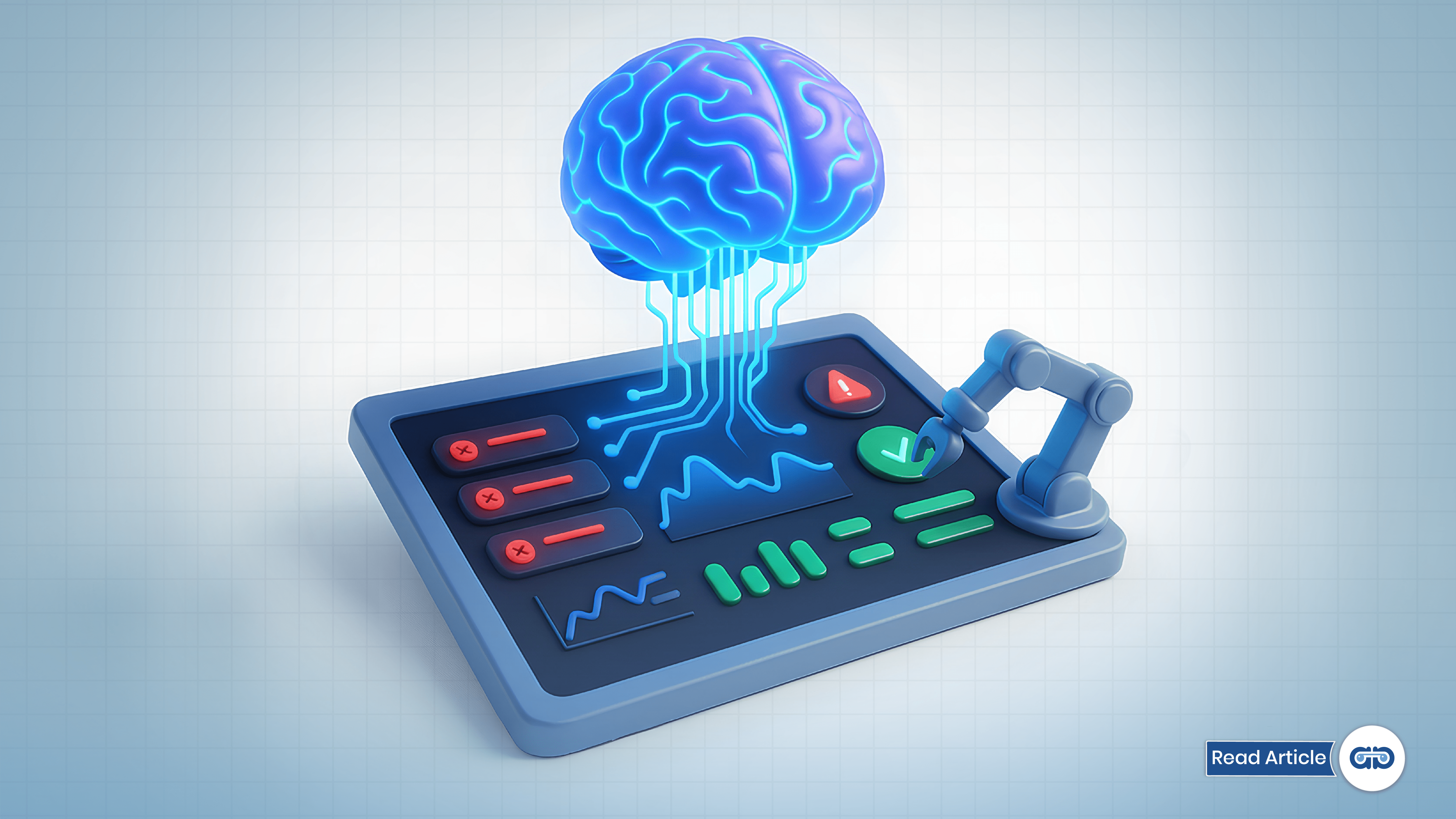Helpdesk automation handles predictable, repetitive issues such as password resets or basic account provisioning. These are valuable but limited in scope. SaaS environments operate across distributed infrastructures, multi-tenant architectures, and continuous integration pipelines.
Incidents in such ecosystems are rarely confined to simple tasks. They require deeper diagnostics, cross-system orchestration, and proactive remediation. These are functions that belong to Level 2 (L2) automation.
This blog explores the significance of L2 automation in complex SaaS incident resolution, highlighting its mechanisms, practical use cases, and long-term strategic impact.
Limits of Helpdesk and L1 Automation
Let’s check out what self-service and L1 automation cannot handle.
Scope of Helpdesk and L1 Functions
Helpdesk and L1 automation streamline repetitive user-facing operations such as password resets, account unlocks, or license allocations. These tasks occur in high volume but low complexity, requiring simple rule-based workflows.
The Gap in Incident Handling
When SaaS incidents involve cross-application failures, API disruptions, or infrastructure performance degradation, helpdesk-level automation is inadequate. Manual escalation to higher engineering tiers slows down response and extends Mean Time to Resolution (MTTR).
Consequence for SaaS Businesses
Customer dissatisfaction, SLA violations, and compliance risks emerge when complex incidents depend on manual diagnosis. Bridging this gap requires L2 automation.
Defining L2 Automation in SaaS Operations
Nature of L2 Automation
L2 automation addresses incidents of moderate to high complexity. Unlike L1, it does not rely on pre-scripted responses alone. It leverages contextual data, multi-system inputs, and advanced workflows.
Key Attributes
- Diagnostic Intelligence: Identifies probable root causes through correlation
- Orchestration Capability: Executes coordinated fixes across multiple environments
- Decision Logic: Applies conditional workflows, choosing actions based on incident context
- Fallback Handling: Provides rollback and exception management if automated fixes fail
Why SaaS Environments Need L2 Automation
L2 automation addresses the hidden complexity that threatens reliability, compliance, and customer trust.
Complexity of Multi-Tenant Systems
Incidents often propagate across shared infrastructure. A failure in one service can ripple across multiple tenants, multiplying resolution pressure.
Continuous Release Cycles
Frequent deployments increase the likelihood of integration errors and service regressions. L2 automation ensures rapid containment without halting entire pipelines.
Regulatory and SLA Commitments
Downtime or delayed resolution in SaaS businesses risks SLA penalties. Automated mid-level resolution enforces faster compliance-driven recovery.
Core Functions of L2 Automation in Incident Resolution
L2 automation goes beyond simple fixes to handle incidents that involve dependencies, diagnostics, and cross-system coordination.
It strengthens reliability by reducing noise, uncovering root causes, and executing remediation with minimal delay.
1. Event Correlation and Noise Reduction
SaaS monitoring tools generate massive alert volumes during incidents. L2 automation correlates related alerts, suppresses duplicates, and isolates the primary failure source.
2. Automated Root Cause Analysis
Instead of manual log inspection, L2 automation aggregates and analyzes performance metrics, error logs, and service traces to determine probable causes.
3. Orchestrated Remediation
Complex incidents require changes across multiple systems. L2 automation executes coordinated workflows, such as restarting microservices, rebalancing workloads, or updating configurations.
4. Intelligent Escalation
When incidents exceed automation scope, L2 workflows compile diagnostic evidence and forward it to higher-level engineers. This shortens manual investigation cycles.
5. Proactive Detection and Containment
L2 automation recognizes early warning signals, such as rising API error rates or abnormal latency, and executes preventative measures before outages escalate.
Benefits of L2 Automation in Complex Incident Resolution
L2 automation addresses mid-level incidents that go beyond simple fixes but don’t require full human investigation. By automating diagnostics, correlation, and orchestration, it delivers faster and more reliable outcomes.
1. MTTR Reduction
The most time-consuming phase of incident resolution, diagnosis, is automated, cutting resolution cycles drastically.
2. Enhanced Service Reliability
Incidents that previously escalated into outages are resolved earlier, improving service uptime.
3. Reduced Operational Load
By eliminating mid-level repetitive diagnostic work, engineers focus on higher-value problem-solving.
4. Consistency Across Time Zones
Automated playbooks ensure incidents are resolved consistently, independent of manual availability or geographic support coverage.
5. Stronger Compliance Posture
Automated workflows enforce audit trails, ensuring every resolution step is logged for compliance and review.
Long-Term Outlook
The scale and velocity of SaaS operations demand more than helpdesk efficiency. Complex incidents require structured automation capable of diagnostics, orchestration, and prevention. L2 automation is not a replacement for engineering expertise but a force multiplier that compresses response cycles and strengthens resilience. As customer expectations for near-zero downtime intensify, SaaS companies that build robust L2 automation frameworks will gain operational stability and long-term competitive advantage.

